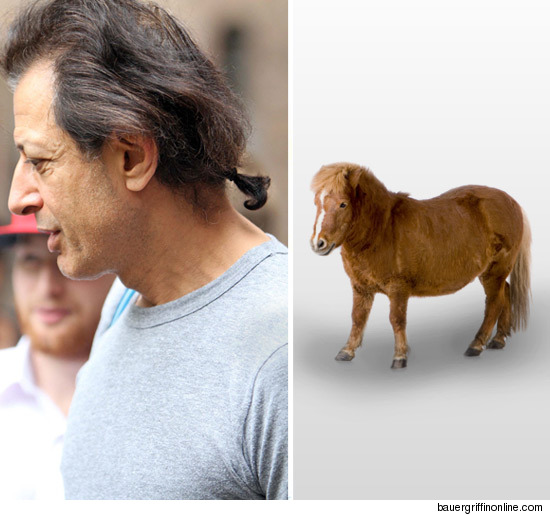Deshaun Watson has earned the title of the 2017 draft’s pre-season best quarterback prospect. He was a Heisman finalist, the offensive catalyst for the nation’s second-best team, and a dual threat quarterback with the mobility and arm talent that fits the modern day NFL prototype.
By: Eric Galko
Miami (FL)’s Brad Kaaya and Washington State’s Luke Falk, among others, have seen their names mentioned as possible top quarterback prospects, but only one other quarterback should be garnering first-round potential upside entering the 2016 college football season: Oklahoma State’s Mason Rudolph.
Despite hailing from a screen and swing pass-heavy offense and not really getting a chance to let it fly downfield with as much regularity as prior top quarterbacks (yet), Rudolph’s flashes of pocket navigation, developing downfield throw placement and confidence as a perimeter passer all give reason for excitement as a potential rising quarterback prospect worth getting to know.
Pocket Manuevering and Vision
A majority of Rudolph’s throws are running back swing passes or screen throws of multiple varieties, which has frustratingly (in terms of evaluation) become commonplace for spread offenses. While Rudolph has shown consistency and plus placement on these easy throws, which is still important, it’s his flashes of eye progression and pocket navigation when he’s asked to do more than just quick throws that is most intriguing in his development.

Not asked to make multiple reads frequently based on the offense, the play above clearly illustrates how he’s capable of play progressions at a more frequent level and can finish these throws with confidence. Rudolph, who has sees time in the pocket, works his reads left to right, focusing on the deep perimeter throw, checking to the underneath route before moving to his third read of the deep dig route. Notice the resetting of his lower half as he progresses through his reads, staying balanced and maintaining strong mechanics throughout.
Along with showing poise and resetting ability as a pocket thrower, it’s Rudolph’s overall pocket maneuverability and composure with bodies flying around him that should really get NFL teams excited. He’s not one to be flustered with pass rush around him, frequently showing confidence to evade tacklers and push up in the pocket or out to the perimeter. While he’s still improving in his anticipation of the pass rush and could be more sudden to continue on play progressions when his play breaks down, Rudolph has the mental makeup and composure to give teams reason to expect immediate improvement as a junior or into his first NFL season.

Deep Ball Placement a Work-In-Progress
Possessing a high, compact release, Rudolph finishes his midfield throws with great velocity and placement. From dig routes to post routes to seam-stretching opportunities, Rudolph thrives in the midfield. However, he still needs to reel in his velocity on those interior throws, as he can miss midfield opportunities by fast-balling too often or rushing his delivery.

These outside-the-hashmark downfield throws and bucket throws in general are ones that Rudolph still has plenty of work to develop. But as we’ve seen with Miami Dolphins quarterback Ryan Tannehill at the pro level, it’s a skill set that can be slowly addressed and developed as he grows in comfortability as a perimeter thrower. With confidence and mechanics not an issue across all throws, velocity control being something he can easily grow into and his short-area perimeter throws frequently on point, Rudolph’s issues as a placement passer appear poised for substantial development, maybe even by the time the 2016 season begins.
Confidence on the Perimeter
Rudolph possesses ample arm talent to effortlessly attack the defense across the field, including and especially as a perimeter thrower. He uses his upper-half torque really well to spin a clean ball, reset his footwork and finish on the edge, both in screen and swing passes and as a comeback, an out pattern or delayed cross-field route thrower.


Reason for Optimism
Reminding of Tannehill in terms of body type, movement ability and composure, release point and velocity and issues in downfield throw placement, Rudolph has the potential to see the same sudden rise during the draft process should he enter the 2017 NFL draft.
Oklahoma State’s coaching has clearly brought him along slowly, working him with J.W. Walsh as a two-quarterback offense at times and really limiting the types of complex reads and play designs he’s likely capable of.
But 2016 will be Rudolph’s golden opportunity to have full control over the offense, have the confidence instilled within him that they’ve given to Zac Robinson and Brandon Weeden of years past and allow him to flourish as a quarterback prospect.
It’s a bit of a projection and a leap of faith in his offseason development and growth to consider Rudolph potentially one of the best 2017 draft class passers, but he’s flashed reason to be optimistic. And after a 2016 draft class that saw two players rise from intriguing upside quarterbacks to the top two picks in the draft, Rudolph can potentially enter 2016 with little fanfare and every reason to exceed expectations.
Add The Sports Daily to your Google News Feed!
